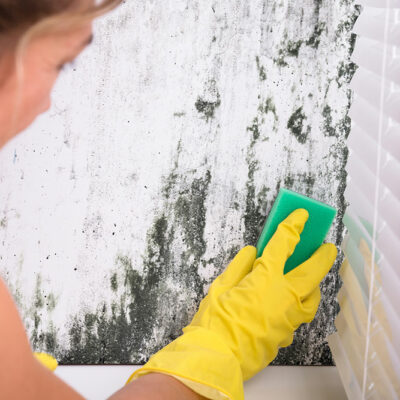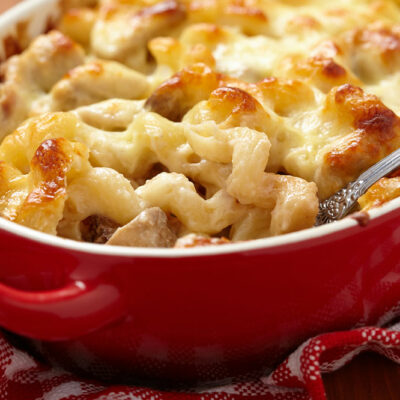
Foods to avoid and foods to have for fever blisters
Cold sores, also known as fever blisters, are a viral infection caused by the herpes simplex virus (HSV). These painful blisters often appear on or around the lips and can be quite uncomfortable. For anyone dealing with a cold sore or fever blisters, it is essential to understand how to manage this condition. One key aspect of preventing blisters is avoiding certain foods that can trigger or exacerbate it. So, here are some foods to avoid and specific foods to have when dealing with them. What are fever blisters? Before knowing the foods to avoid fever blisters, it is first important to understand what fever blisters are. Fever blisters or cold sores are small, painful, fluid-filled blisters that commonly appear on or around the lips. They are caused by the herpes simplex virus. Once a person is infected, the virus can remain dormant in their body, occasionally reactivating and causing outbreaks of fever blisters. Foods to avoid to keep the cold sores at bay Arginine-rich foods The primary food category that one must avoid in order to not trigger and prevent fever blisters is arginine-rich foods. This is because arginine is an amino acid that helps the herpes simplex virus replicate, hence, triggering cold sore outbreaks.
Read Article 









